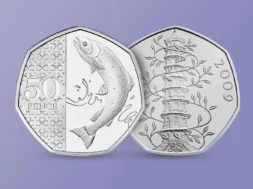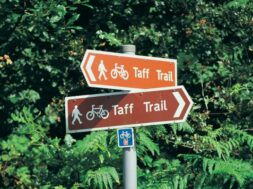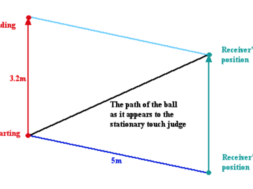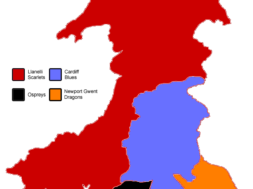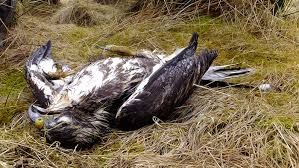
Wildlife crime
Wildlife crime is often thought to occur in exotic places with people killing and trading in endangered species. However, it does happen in the UK and includes offences such as killing or disturbing protected species, damaging breeding and resting places and poaching. The problem is not limited to rural areas either.
What is wildlife crime?
Many wild animals are protected by law. It is illegal to buy, sell or harm them, yet the illegal wildlife trade still thrives, putting many wild animals in danger of cruelty and exploitation. Whether someone kills a local swan or shoots a wild animal for its horns on the Plains of Africa, both are criminal offences.
Examples of wildlife crime include:
- Illegally trading endangered species.
- Smuggling protected animals and their parts (such as tortoises, ivory and caviar).
- Poisoning animals.
- Disturbing or killing wild birds; or taking their eggs.
- Poaching.
- Disturbing, injuring or killing bats, and damaging or obstructing their roosts.
- The illegal use of snares or explosives to kill or injure animals.
- Violence towards badgers, including badger-baiting.
These crimes can push animal and plant species closer to extinction. Badger-baiting, the illegal use of poisons and traps and the illegal clearance of nesting sites are all crimes that cause unnecessary pain and suffering for local wildlife.
World Animal Protection are leading the discussion about wildlife crime and released the Wildlife crime in the UK report in August 2014 highlighting what it is and why it matters.
Why are we focusing on wildlife crime?
Those involved in wildlife crime in cities and rural areas are opportunistic offenders who do not commit these crimes on a regular basis but will if the opportunity arises, although there are many prolific offenders who engage in this crime on a regular basis. Quite often, those involved in wildlife offences are known for their links to other types of crime including anti-social behaviour, violent crimes and other serious criminal activity.
The scale of wildlife crime across the UK and the rest of the world, including the damage and destruction to species and habitats is significant. The risks posed by the illicit trade in wildlife and wildlife products affects us all. We can all play a part in the prevention and detection of these criminals by giving information about them to us.
We are actively engaged in telling the public what signs to look for and by urging them to contact us anonymously we can tackle these criminal gangs head on. By tackling wildlife crime, we can also reduce rural crime across the UK.
What can you do to tackle wildlife crime?
Don’t ignore suspicious or unusual activity. You can give information on crime anonymously to us on 0800 555 111 or by using our Anonymous Online Form. Always call 999 if a crime is in progress or there is a threat to life. Call 101 for non-emergencies. You can make a difference, protect animals and help bring the criminals to justice.
Find out more about wildlife crime
The London Map of Wildlife Crime has been developed by the Metropolitan Police Service in conjunction with World Animal Protection and the official environmental records centre for London – Greenspace Information for Greater London (GiGL). You can also access this map using a mobile device. This interactive map is comprised of sanitised intelligence data on wildlife crime supplied by the police and is updated monthly. Users can filter their view to see wildlife crime happening in their Borough monthly or annually and split by crime category.
